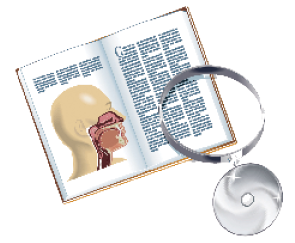 Background
Background
Laryngeal electromyography (LEMG) has been used for decades in the evaluation of vocal fold motion impairment. The literature still lacks adequate scientific data to support its use as a diagnostic and/or prognostic modality primarily because the studies to date have been retrospective or unblinded case series categorized as level IV evidence. Among otolaryngologists that have interest in laryngological disorders, up to three quarters use LEMG clinically. Despite commonly accepted practice, in 2004, an evidence-based review was not able to support the use of LEMG by available published research. The topic was re-evaluated in 2006 by the Neurolaryngology Study Group of the American Academy of Otolaryngology Head and Neck Surgery with the conclusion that there is a role for LEMG in the diagnosis of vocal fold movement disorders.
Explore This Issue
May 2013Best Practice
LEMG is useful in the evaluation of laryngeal paralysis/paresis. In many cases, LEMG can differentiate neural disruption from structural immobility and can accurately predict which patient will not recover vocal fold motion after a nerve injury. It is the only method to determine if a subtle vocal fold motion asymmetry is due to a neurologic insult and provides critical information regarding the sidedness of the abnormality, which may not be obvious from laryngoscopic examination. This information allows clinicians to confirm the etiology and location of dysphonia with a suspected neurologic basis to provide timely and targeted vocal rehabilitation. Read the full article in The Laryngoscope.
Leave a Reply